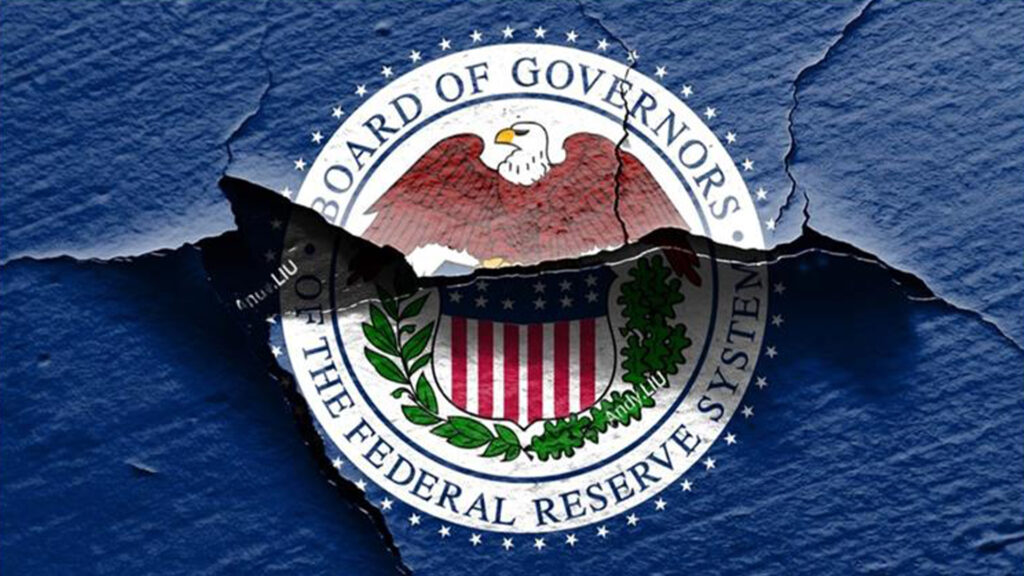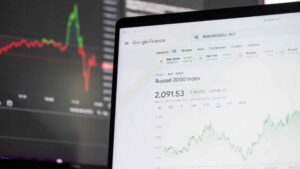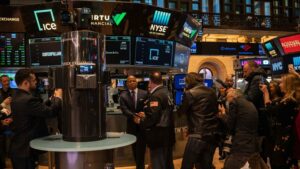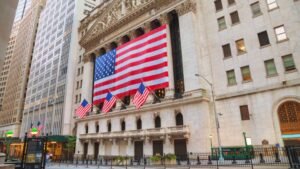FOMC Meeting Minutes for the July meeting showed signs that the Fed is struggling in managing economic challenges.
With inflation and labor market risks rising alongside political pressure, the committee remains divided. As Fed Chair Powell prepares his speech at the Jackson Hole symposium on August 22nd, he will provide insights on how the Fed will determine its next decision towards monetary policy.
Inflation Risks Remain in the Spotlight
Most Fed officials during the July meeting stated that inflation remains a greater risk than labor market risk, according to the FOMC minutes.
Despite admitting concerns on both high inflation and soft labor market, a majority of the FOMC participants stated that the upside risk to inflation remains high. This view was driven by recent economic data, which indicated a spike in producer prices, the highest in three years, indicating that companies are raising prices to reduce rising costs. ⁽¹⁾
The debate also focused on the impact of US President Trump’s tariffs. While some Fed officials argued that tariffs might cause a short-term rise in inflation, others warned it could be more persistent.
Several FOMC participants stated that inflation remains well above 2% for an extended period and it poses risks for the longer period. The uncertainty surrounding the timing and persistence of tariff effects added complications to the Fed’s outlook. ⁽²⁾
Labor Market Concerns
Despite the focus remaining on inflation, the labor market continues to be exposed to risks. Recent data showed downward revisions to payroll gains in May, June and July, with hiring slowing to its weakest level since 2020 with the unemployment rate rising.
These factors caused Governors Waller and Bowman to be more dovish in the July meeting, pushing for a 25 basis-point rate cut. This marked the first time multiple Fed governors opposed the majority in a rate vote in over 30 years.
While the FOMC described the labor market as solid, the weaker than expected jobs report showed vulnerabilities, underestimating the Fed’s optimism. Policymakers warned that they might face a difficult challenge if inflation remains a problem while the labor market is weakening.
Tariffs Fuel Policy and Political Tensions
President Trump’s tariffs were the most discussed among FOMC policymakers, with officials debating whether tariffs would lead to short-term price increases or more persistent inflation. The minutes described that the Fed remains uncertain on tariff impacts, as some participants warned that inflation would go further than expectations. ⁽³⁾
The uncertainty was also combined by political pressures, as Trump and his administration have repeatedly demanded for lower rates. Treasury Secretary Bessent is trying to push for a half-point rate cut in September, while Trump recently demand the resignation of Fed Governor Lisa Cook for mortgage fraud. ⁽⁴⁾
Tensions rose over the Fed’s independence, with former Fed Governor Adriana Kugler’s resignation. Trump will appoint a replacement and also nominated 11 candidates for the replacement of Jerome Powell, whose term ends in May 2026.
Economic Outlook.
The FOMC minutes showed concerns over financial stability, noting economic growth in 2025 showed little optimism despite low unemployment. Policymakers stated that they continue to monitor risks concerning inflation and the labor market. ⁽⁵⁾
The decision to keep rates on hold indicated caution, with officials continuing to wait for upcoming data on jobs and inflation ahead of the September meeting. The minutes release come before Fed Chair Powell’s speech in Jackson Hole, where financial markets expect insights on the Fed’s rate trajectory, inflation, tariffs and labor market risks.



